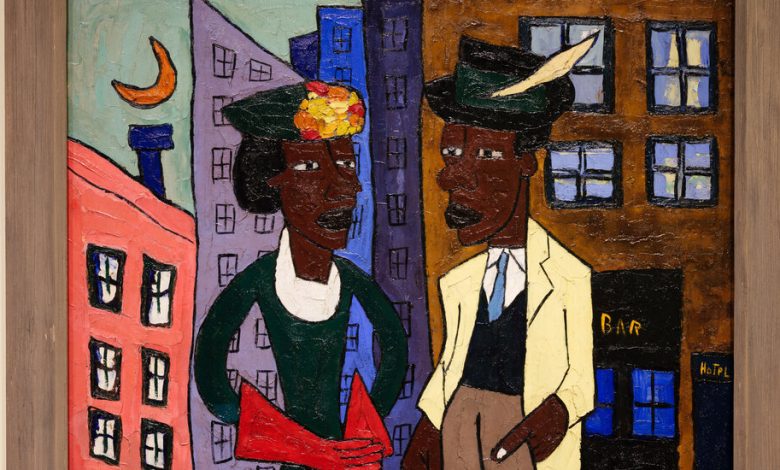The Met Aims to Get Harlem Right, the Second Time Around

Notoriously, in the winter of 1969 the Metropolitan Museum of Art opened its first exhibition devoted to African American culture, but with a show devoid of art. Called “Harlem on My Mind: Cultural Capital of Black America, 1900—1968,” it was a photomural-with-texts affair of a kind found in ethnology museums.
As a student in town on a visit, I wandered into the galleries, and even with scant knowledge of Black history, I knew something was off. I soon learned I wasn’t alone. The show was being slammed by pushback.
A cohort of Black contemporary artists, some living and working in Harlem, calling themselves the Black Emergency Cultural Coalition, had been picketing the museum, and directing their protest to other museums, lighting a fuse that would eventually detonate in the multicultural wave of the 1980s, with its demands for inclusion, and its affirmation of cultural identity, in art as in life, as a force.

Installation view of Laura Wheeler Waring’s “Girl with Pomegranate,” circa 1940. The painting was lent by Madeline Murphy Rabb, a grandniece of the artist.Credit…Karsten Moran for The New York Times
This week, more than half a century on, the Met opens its second survey of Black art, this one called “The Harlem Renaissance and Transatlantic Modernism,” and it’s a whole other thing. It’s all art: more than 160 paintings, sculptures and photographs, many quite fabulous. The museum isn’t framing the show as an institutional correction, though how can it be viewed otherwise? At the same time, it’s more than just that. It’s the start — or could be — in moving a still-neglected art history out of the wings and onto the main stage.
That history, from roughly 1918 through the 1930s, has complications. The Harlem Renaissance wasn’t a “thing” in the sense of being a structured movement, though it did have its architects, notably two sparring Black public intellectuals, W.E.B. Du Bois and Alain Locke. Nor was it confined to Harlem, or even New York City. Many of the artists closely associated with it lived and worked elsewhere — Chicago, Philadelphia, Paris. Finally, it wasn’t strictly, or even chiefly, a visual art phenomenon. It was initially defined in terms of new directions in Black literature — Langston Hughes and Zora Neale Hurston were emergent stars — and music, particularly jazz.
